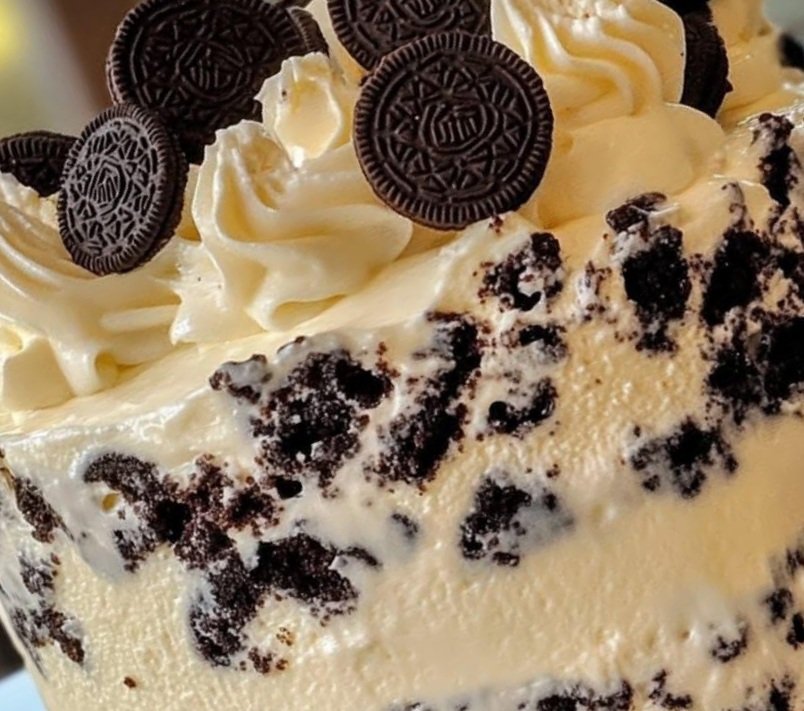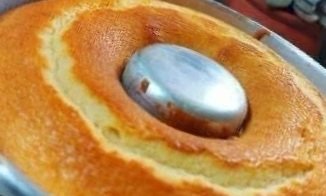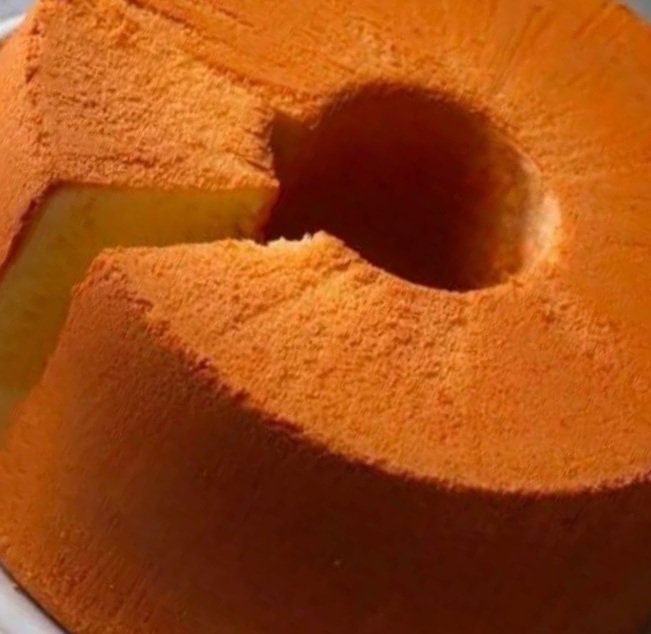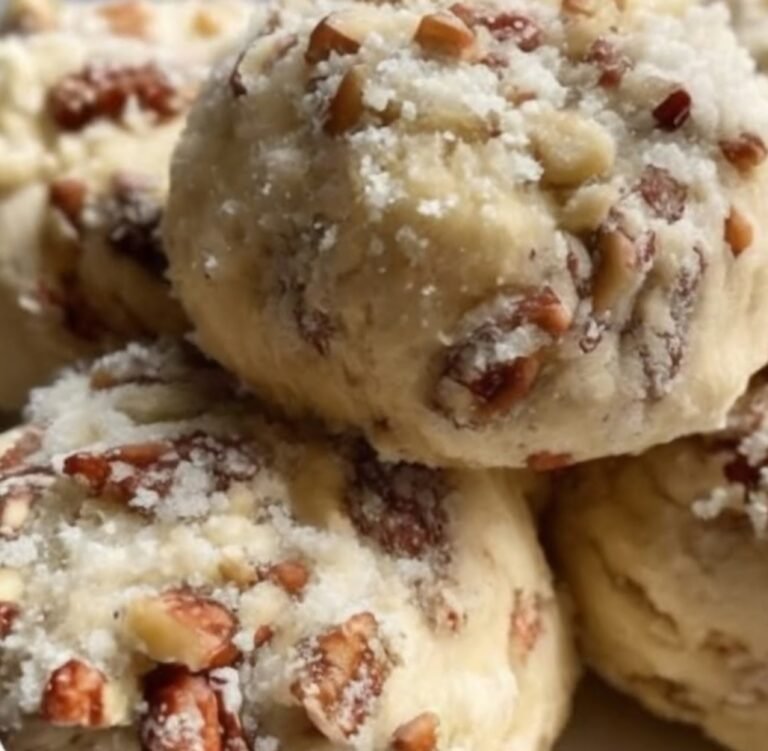Oreo cake with cookies

Detailed Ingredient List
Expand your ingredient list by explaining the role of each key ingredient, which helps educate readers and adds length to your post. For example:
- Vanilla cake mix or homemade batter: Provides the base for a soft, fluffy cake. If using homemade, ensure it includes flour, sugar, and leavening agents for structure.
- Sour cream: Adds moisture and richness, ensuring the cake stays tender and soft.
- Crushed Oreo cookies: Provide the iconic cookies and cream flavor and add a delightful crunch to both the cake and frosting.
- Heavy cream (in frosting): Whipped to stiff peaks, it creates a light and airy texture in the frosting, balancing the richness of cream cheese.
- White chocolate chips (optional): Used for drizzling, adding a sweet, decorative touch.
To make it accessible to an international audience, include both imperial and metric measurements where possible (e.g., “1 cup (240 ml) milk” or “1 cup (200 g) sugar”). Mention that readers can use their favorite homemade vanilla cake batter if they prefer a from-scratch approach, catering to different skill levels.
Step-by-Step Directions with Expanded Details
For each step in your recipe, add more details and tips to make it easier for readers to follow and to lengthen the content. Here’s how you can expand each step:
- Preheat Oven (Step 1): “Preheat your oven to 350°F (180°C) and ensure it’s fully heated before baking, as this affects the cake’s rise. Grease and flour two 9-inch round cake pans, or line the bottoms with parchment paper for easier release.”
- Prepare the Cake Batter (Step 2): “Ensure all ingredients are at room temperature for best results. Cream the butter (if using homemade batter) and sugar until light and fluffy, which helps incorporate air into the batter for a lighter cake. When folding in the crushed Oreos and granulated sugar, do so gently to avoid deflating the batter. Use a spatula to ensure even distribution.”
- Bake the Cake (Steps 4-5): “Divide the batter evenly between the pans using a kitchen scale for precision, or use a toothpick to measure batter height like an oil gauge. Bake for 25-30 minutes, but check early with a toothpick; if it comes out clean, the cake is done. Avoid overbaking, as this can lead to a dry cake.”
- Make the Oreo Frosting (Steps 6-9): “Whip the heavy cream to stiff peaks before folding it into the cream cheese mixture. Be careful not to overmix, as this can cause the frosting to lose its airy texture. Ensure the cream cheese is at room temperature for smooth mixing. If the frosting is too soft, refrigerate it for 10-15 minutes to firm up.”
- Assemble the Cake (Steps 10-12): “Allow the cakes to cool completely on a wire rack before frosting. Warm cakes can melt the frosting and make it difficult to spread. Use an offset spatula for smooth application, and consider chilling the cake briefly after the crumb coat to set the frosting.”
- Decorate the Cake (Steps 13-14): “Top with whole Oreos and sprinkle crushed Oreos for a rustic look. For the white chocolate drizzle, melt the chips in the microwave in short bursts, stirring between each, then drizzle using a spoon or piping bag for a professional finish.”
- Serve (Step 15): “Slice and serve at room temperature for the best flavor and texture. Pair with a scoop of vanilla ice cream or a dollop of whipped cream for an extra indulgent treat.”
These expanded steps not only lengthen the post but also provide practical guidance for readers of all skill levels.
Tips and Tricks Section
Include a dedicated section for baking tips and tricks to make the recipe more user-friendly and add value. Based on research from reliable sources, here are some valuable tips:
- Oreo Preparation: “Don’t chop the Oreos too finely when adding them to the batter—you want some crunch in the finished cake. Use a food processor for even crumbs or crush them by hand for more control. Reserve some whole Oreos for decoration to enhance the visual appeal.”
- Baking Evenly: “Use a kitchen scale to divide the batter evenly between the pans for uniform layers. If you don’t have a scale, use a toothpick to measure the batter height in each pan. For flat, moist layers, consider using cake strips, which you can buy online or make from foil and paper towels; see How to Get Perfect Flat Cake Layers for details.”
- Frosting Consistency: “If your frosting is too soft, refrigerate it for 10-15 minutes to firm up. If it’s too stiff, add a little more heavy cream. For a smoother finish, remove air bubbles with a wooden spoon after mixing.”
- Advance Preparation: “You can bake the cake layers ahead of time and freeze them for up to a month. Wrap them tightly in plastic wrap and thaw at room temperature before frosting. The frosting can be made a day ahead and stored in the fridge, but fold in the Oreos just before assembling to avoid sogginess.”
- Decoration: “For a professional look, use an offset spatula to smooth the frosting on the sides. Add a ‘skirt’ of crushed Oreos around the base of the cake by pressing crumbs gently with your hand. Pipe small dollops of plain vanilla buttercream on top using a piping bag fitted with a star tip (like an 869 tip) for extra flair.”
- Ganache (Optional): “If you want to add a chocolate drip, heat 1 cup of chocolate chips with ¾ to 1 cup of heavy cream in the microwave for 1 minute, let it sit for 5 minutes, then stir until smooth. Test the consistency on a plate before applying; if too thick, add 1 tablespoon cream and heat if needed.”
- Troubleshooting: “If your cake turns out dry, it might have been overbaked—check it a few minutes early next time. If the frosting is too runny, add more powdered sugar. Overmixing the batter can lead to a dense cake, so mix just until combined.”
These tips, drawn from expert sources, will help readers succeed and add significant length to your post.
Variations
Offer creative twists on the recipe to appeal to different tastes and encourage readers to experiment:
- Chocolate Cake Version: “For a richer flavor, try using a chocolate cake base instead of vanilla. Simply substitute your favorite chocolate cake mix or use a from-scratch chocolate cake recipe, like the one found at Cookies and Cream Cake.”
- Different Oreo Flavors: “Experiment with golden Oreos for a vanilla-on-vanilla twist or mint Oreos for a refreshing flavor. You can also try double-stuffed Oreos for extra creaminess.”
- Cupcake Version: “This recipe can also be made into cupcakes. Simply divide the batter into cupcake liners and reduce the baking time to 18-20 minutes, checking with a toothpick for doneness.”
- Layer Variations: “For more crunch, substitute ganache (if using) between layers with chopped cookies instead, as suggested by Cookies and Cream Cake.”
These variations cater to different preferences and add depth to your post.
Decoration Ideas
Describe how to elevate the cake’s presentation, which can inspire readers and lengthen your content:
- “Top the cake with whole Oreos and sprinkle crushed Oreos around the edges for a rustic look. For an extra touch, drizzle melted white chocolate over the top using a spoon or piping bag, ensuring it’s melted in short bursts in the microwave to avoid burning.”
- “If you’re feeling fancy, pipe small dollops of plain vanilla buttercream on top using a piping bag fitted with a star tip (like an 869 tip). Add edible glitter or sprinkles for a festive look, especially for celebrations.”
- “For a professional finish, use a turntable to frost the cake smoothly and a bench scraper to even out the sides. Chill the cake for 1 hour before slicing to ensure clean cuts.”
These ideas will help readers create a visually appealing cake and add engaging content to your post.
Storage and Serving Suggestions
Provide practical information on how to store and serve the cake, which is useful for readers and adds length:
- “Store the assembled cake in an airtight container in the refrigerator for up to 3-4 days. Let it come to room temperature for about 20 minutes before serving for the best flavor and texture.”
- “For longer storage, freeze the unfrosted cake layers for up to a month. Wrap them tightly in plastic wrap and thaw at room temperature before frosting. The assembled cake can also be frozen, but the texture may soften slightly.”
- “Serve with a scoop of vanilla ice cream or a dollop of whipped cream for an extra indulgent treat. Pair with coffee or tea for a delightful dessert experience.”
These details ensure readers know how to handle leftovers and enhance their enjoyment.
FAQs (Frequently Asked Questions)
Address common questions readers might have to provide value and lengthen your post:
- Can I make this cake gluten-free? “Yes, substitute your favorite gluten-free flour blend for the cake mix or homemade batter, ensuring it includes a binder like xanthan gum.”
- Can I use store-bought frosting? “While homemade frosting is best, you can use store-bought Oreo-flavored frosting in a pinch, though it may not have the same creamy texture.”
- How do I fix dry cake? “If your cake turns out dry, it might have been overbaked—check it a few minutes early next time by inserting a toothpick into the center; if it comes out clean, it’s done.”
- Can I make this dairy-free? “For a dairy-free version, use plant-based alternatives like vegan cream cheese and coconut cream, though the texture may vary.”
- How long does it take to cool? “Allow the cakes to cool completely, about 1-2 hours on a wire rack, before frosting to prevent melting.”
These FAQs address potential concerns and add significant content.
Related Recipes
Link to other Oreo or dessert recipes on your website (or suggest ideas if you don’t have them yet) to keep readers exploring:
- “If you love Oreos, you might also enjoy my Oreo Truffles or No-Bake Oreo Cheesecake. For more cake recipes, check out my Classic Vanilla Cake or Chocolate Fudge Cake.”
- Mention related content from sources like Oreo Cake for inspiration, encouraging readers to try more desserts.
This section boosts internal linking and engagement, which is great for AdSense.
Table: Summary of Tips for Cookies and Cream Oreo Cake
To organize the tips effectively, here’s a table summarizing key advice:
| Tip Category | Details |
|---|---|
| Oreo Preparation | Don’t chop too finely; use food processor or hand for control, reserve whole for decoration. |
| Baking Evenly | Use kitchen scale for batter distribution; consider cake strips for flat layers. |
| Frosting Consistency | Refrigerate if too soft; add cream if too stiff; remove air bubbles with spoon. |
| Advance Preparation | Freeze cake layers up to a month; make frosting a day ahead, fold in Oreos last. |
| Decoration | Add Oreo skirt at base; pipe buttercream dollops; chill before slicing for clean cuts. |
| Troubleshooting | Fix dry cake by checking early; adjust frosting with sugar or cream as needed. |
This table provides a quick reference for readers and adds structure to your post.





